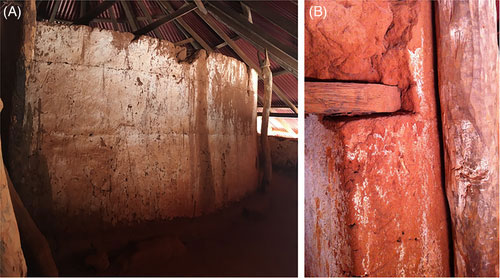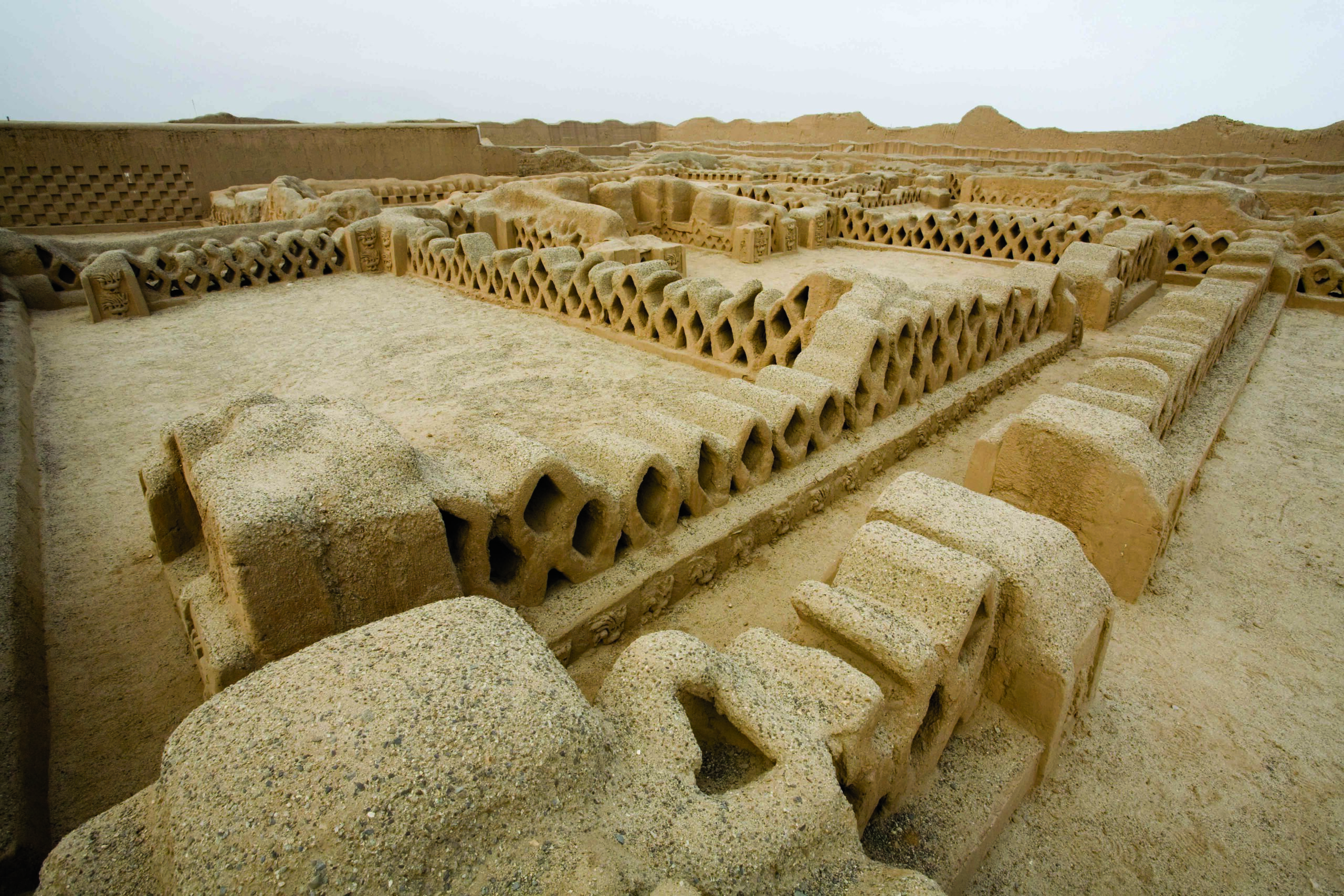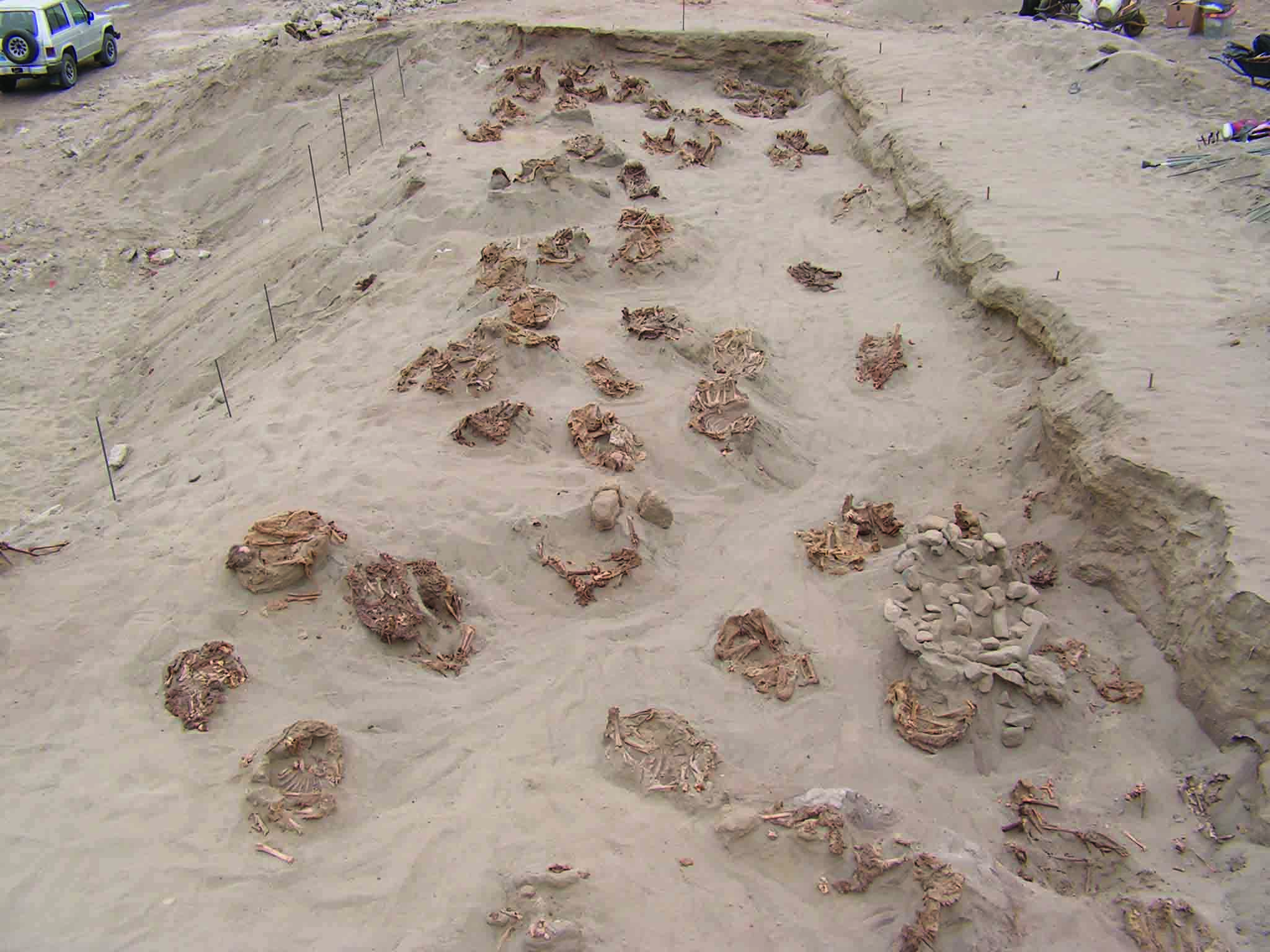
PARIS, FRANCE—According to a Live Science report, Jean Armengaud of France’s Alternative Energies and Atomic Energy Commission and his colleagues analyzed proteins in plaster samples taken from a ceremonial tomb built some 200 years ago within the royal palace complex in Abomey, the capital of the West African kingdom of Dahomey, which is located in what is now Benin. The palace complex was built by King Ghezo of Dahomey, who ruled from 1818 to 1858. The walls of the tomb itself were said to include the blood of 41 sacrificed humans, and indeed, tandem mass spectrometry detected the presence of thousands of microorganisms, tissue proteins associated with chicken blood, and tissue proteins associated with human blood in the samples. “Since proteins are more stable molecules compared to DNA, paleoproteomics can provide extensive information about the organisms that produced these proteins in ancient times,” Armengaud explained. DNA sequencing of samples may be able to determine the number of people whose blood was used in the construction of the tomb, and where they came from, he added. Read the original scholarly article about this research in Proteomics. To read about the archaeology of Benin, go to "Off the Grid: Ouidah, Benin."










